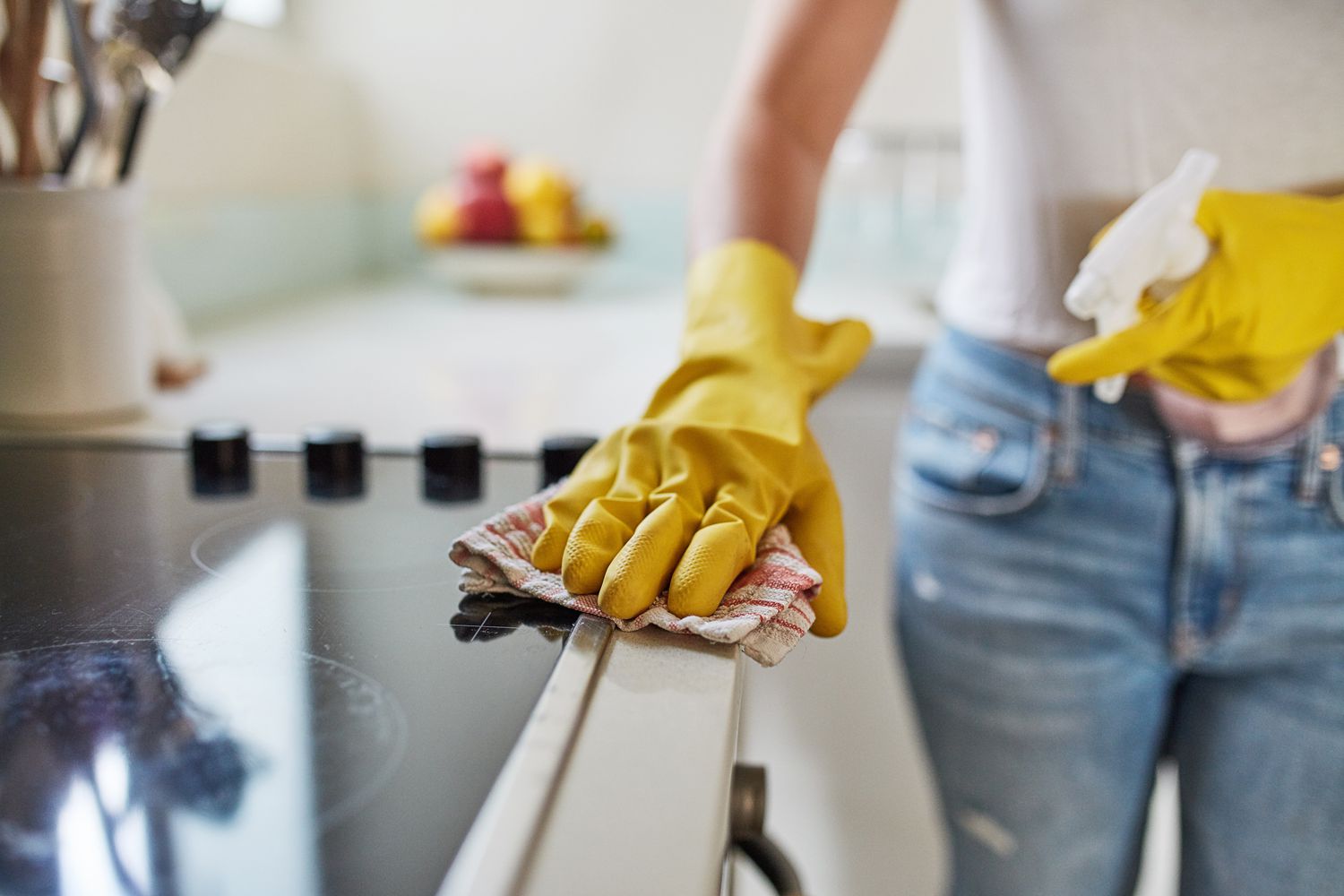
9 Cleaning Mistakes That Make Your Home Dirtier
Do you ever feel like you’re constantly spending hours cleaning, only to find that your home seems to be dirtier than before? It happens to the best of us. You might be surprised to find that some of the things you do to get a tidier space might actually be making your home more dirty in the future.
Below, we tapped two cleaning experts to explain the cleaning mistakes that make your home dirtier, and how you can avoid making them next time you clean.
Meet The Experts
- Vera Peterson is president of Molly Maid, a Neighborly company with franchises in more than 40 states.
- Jessica Ruenz is vice president of Maid Right, a nationwide franchise based in Charlottesville, Virginia.
Getty Images
Neglecting The Garbage Disposal
“Water and soap won’t fix everything—you need to thoroughly clean your garbage disposal to avoid mold and buildup,” explains Peterson.
The fix: “You can fix this issue by running ice cubes while cold water is running. Next, add a cut-up lemon through the disposal to cut through the grime.”
Rubbing Carpet Fibers To Remove A Stain
When you do this, you actually open up the carpet fibers to hold more dirt in the future. “Spots that are rubbed too much will appear dirtier for the life of the carpet as a result,” explains Ruenz.
The fix: “Instead, dab at a stain or use an all-purpose product and press on it with a clean microfiber cloth. If the stain is set (usually longer than 24 hours), you should have a professional carpet cleaner address it.”
Buying Fancy Cleaning Products To Clean Stovetops
According to Peterson, the most expensive cleaning items aren’t always the best. “You normally already have cleaning supplies at home for the most effective cleaning solution,” she explains.
The fix: “Sprinkle baking soda directly onto the stovetop and add water to the baking soda to make a paste to cover the stain.” Leave a warm, damp rag on top of the spot and let it sit for 30 minutes. Afterward, wipe it clean.
Relying Only On Dish Detergent
Dish detergent is great at attracting grease, and it is handy for cleaning, especially in the kitchen. But, soaps attract dirt—in fact, that’s how they clean. “If you use dish detergent too broadly, you might be leaving a dirt-attracting residue behind,” explains Ruenz.
Neglecting Your Dishwasher
Most people think dishwashers clean themselves, but they need to be cleaned and maintained frequently. “For a fresh clean, begin by removing the baskets and racks,” suggests Peterson.
The fix: “Spray the inside of the dishwasher with a 50/50 water and vinegar solution—then, wipe down the door, sides, and bottom using a clean cloth.” Make sure you replace the racks and baskets. For an extra clean, run the empty machine on its highest temperature setting without detergent.
Using Stainless Polish On Your Fridge
On the one hand, using stainless polish to clean a stainless steel fridge leaves a bright, attractive, reflective finish—but there’s a downside. “Although they really make stainless appliances pop, and they smell fantastic, they also attract fingerprints and pet hair,” explains Ruenz. “If you have a shedding pet, you might actually end up with a hairy fridge from knee level down.”
Skipping Fridge Dust Removal
It’s important to remove dust pileup when deep cleaning your refrigerator. This can get unsanitary since the dust can circulate in the air of your home, and for some models, dusty coils can affect how efficiently your fridge cools.
The fix: “Begin by using a vacuum cleaner attachment and long-handled brush to clean the dust and dirt from condenser coils on the bottom grille/kick plate,” suggests Peterson.
Taking A Magic Eraser To The Walls
Magic Erasers are wonderful for cleaning so many surfaces, especially in bathrooms and kitchens. The one area to avoid, though, is using them to clean scuffs off walls. “They will actually buff off the top paint layer in the process, leaving a dull patch next to the rest of the wall,” says Ruenz. “In certain lighting, you’ll see patches on the walls.”
The fix: Instead, use a slightly damp light-use sponge (not the Scotchbrite green ones, which are too abrasive) or a microfiber cloth to wipe scuffs from the walls.
Overusing Floor Polish
According to Ruenz, there are so many things that can go wrong in mopping: too much product, water that’s too cold, and the biggest issue of all, using dirty water to mop. “But too much product specifically will leave a sticky or filmy residue that attracts dirt, and it may feel tacky when you walk on it,” she says.
The fix: “For most mopping, you should start by removing all debris with a high-powered vacuum, or at least a good sweeping. Next, use a minimal amount of product with warm clean water.” Hand-cleaning edges under counters and by baseboards in bathrooms is a good idea, too.










